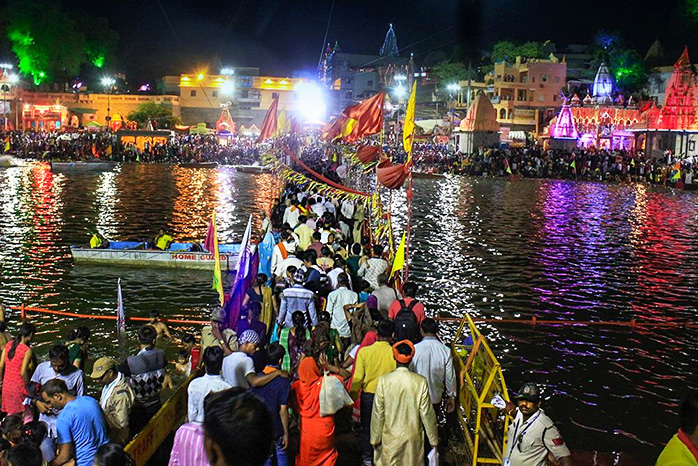Search
- yohoho
- unblocked games 77
- unblocked games 8
- unblocked games 2
- unblocked games for school
- unblocked games world
- retro bowl
- unblocked games
- unblocked games premium retro bowl college best unblocked games unblocked games
In History, there are several references to riverside festivals in ancient Indian texts, but the exact age of the Kumbha Mela is uncertain. According to a few scholars, this fair started in 3464 BC i.e. it is a tradition existing 1000 years before Harappa and Mohenjo-Daro culture. In 2382 BC, Vishwamitra stated the importance of having a holy bath on ‘Magh Pournima’. In 1302 BC, Maharshi Jyotish impressed upon people the importance of a holy bath on ‘Magh Pournima’. Megasthenes the Greek ambassador to the court of King Chandra Gupta visited Kumbha Mela for 75 days in the 4th century BC The Chinese traveller Xuanzang (Hiuen Tsang) describes a ritual organized by Emperor Shiladitya (identified with Harsha) at the confluence of two rivers, in the kingdom of Po-lo-ye-Kia (identified with Prayaga). He also mentions that many hundreds took a bath at the confluence, to wash away their sins. According to some scholars, this is the earliest surviving historical account of the Kumbh Mela, which took place in present-day Allahabad in 644 CE. In the 8th century Adi Shankara an Indian saint popularized the Kumbha Mela among common people.
The Kumbh Mela at Ujjain began in the 18th century when the Maratha ruler Ranoji Shinde invited ascetics from Nashik to Ujjain for a local festival. Like the priests at Allahabad, the Pandits of Nashik and Ujjain, competing with other places for a sacred status, may have adopted the Kumbh tradition for their pre-existing Melas.
